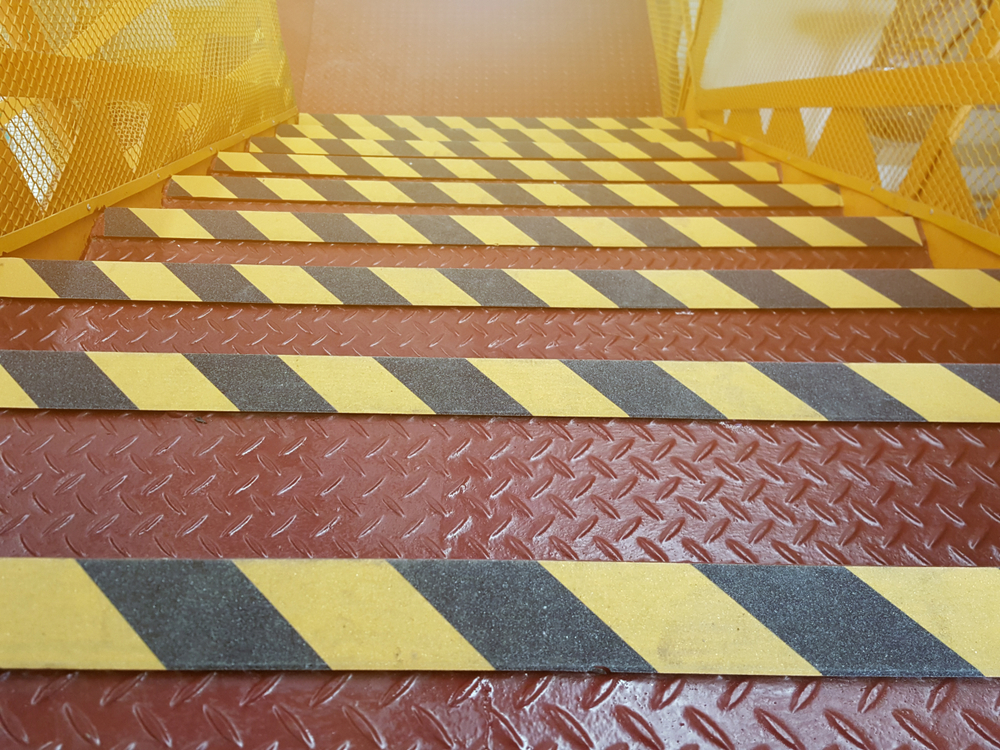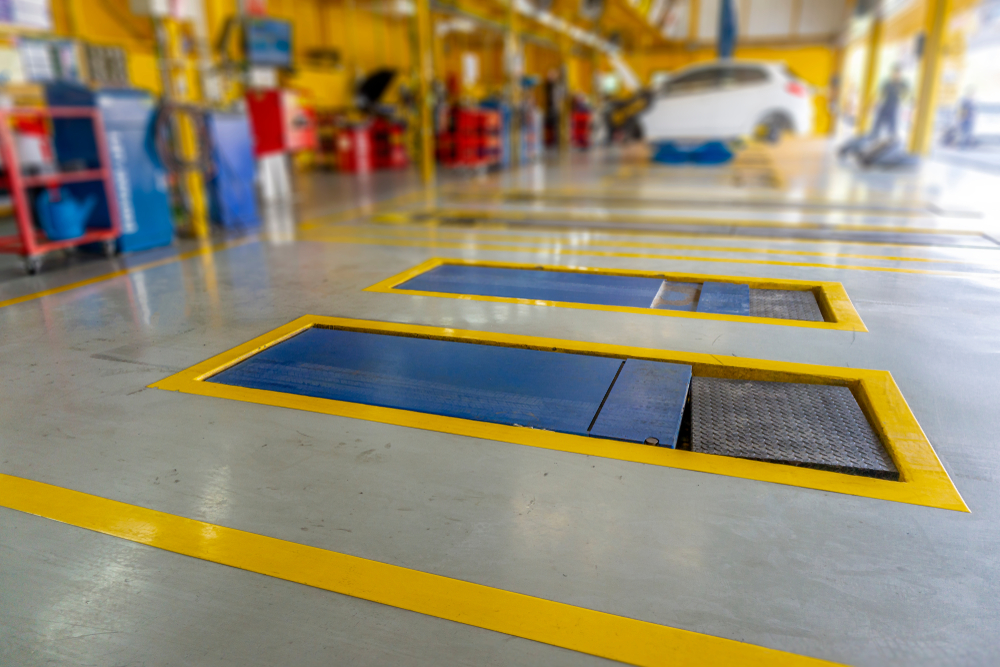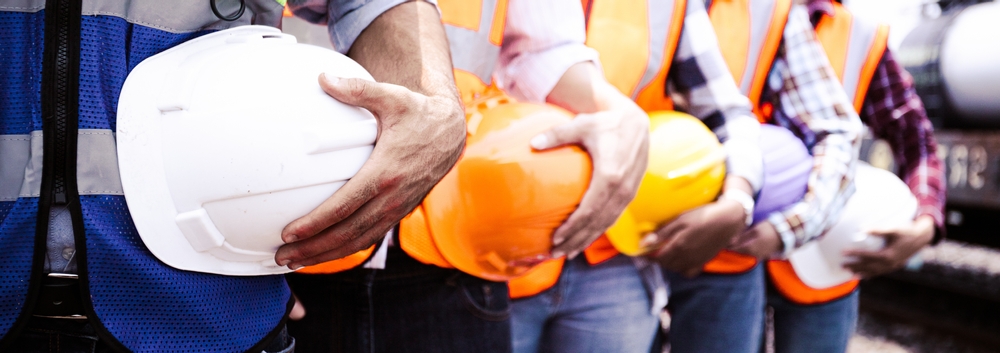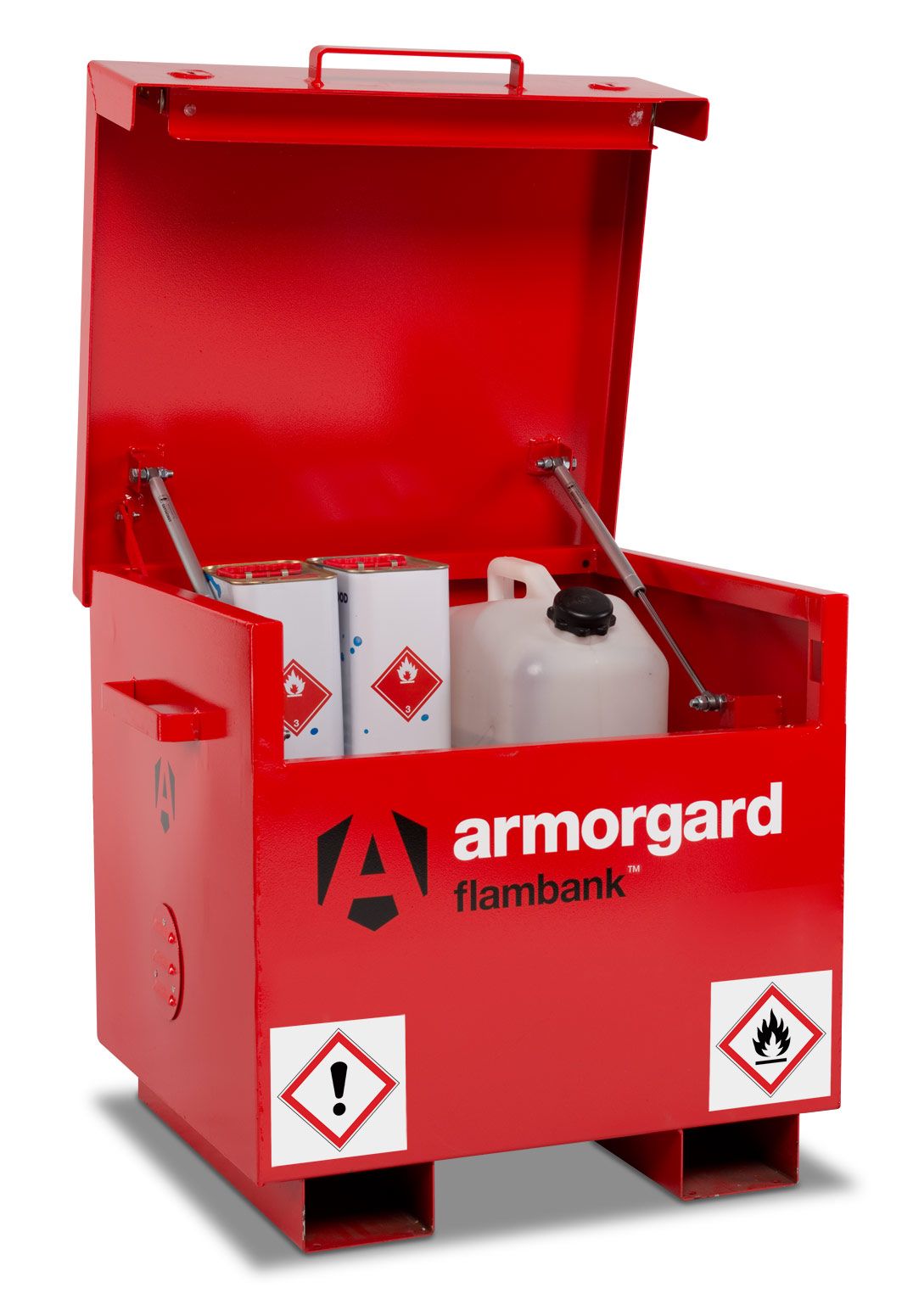Working in any kind of professional environment carries with it a certain degree of risk, and no employer can realistically offer an ironclad guarantee of complete safety. Even desk-based office workers deal with a certain amount of occupational hazards on a day-to-day basis, and it’s the responsibility of managers to ensure these risks are consistently monitored and dealt with as effectively as possible.
However, there’s no disguising the fact that some roles are much more dangerous than others - to the extent that workplace fatalities remain a very real risk in some sectors. Whether they are due to hazards that are inherent to the work or health and safety failings, each of these incidents provides a sobering wake-up call about the progress that still needs to be made. Accepting a certain margin of risk is one thing, but the danger of death and life-changing injury is something that should never be accepted in any work environment.
Here, we examine the five most dangerous jobs in the UK, and look at the reasons why staff in these sectors still find themselves facing such a high degree of risk - as well as considering how managers across all industries can learn and improve their own health and safety standards.
Discovering the most dangerous jobs
The UK’s Health and Safety Executive (HSE) publishes a report on fatal injuries in the workplace each year, with the latest covering the 12 months up to March 2018. It revealed that a total of 144 workers were killed in workplace accidents during 2017/18 - low enough to underline the fact that workplace fatalities are very rare events in modern employment, but nevertheless slightly higher than the corresponding figure of 135 for 2016/17.
Breaking this figure down in terms of industry, a fairly clear picture emerges of the most dangerous roles in the UK for 2017/18:
- Construction - responsible for 38 deaths
- Agriculture and farming - 29 deaths
- Manufacturing - 15 deaths
- Transportation and storage - 15 deaths
- Waste and recycling - 12 deaths
When calculating sector-based fatal injury rates, in terms of the number of fatalities per 100,000 workers employed, a similar image is revealed, although the order of the top five changes somewhat:
- Waste and recycling - 10.26 deaths per 100,000 workers
- Agriculture and farming - 8.44 deaths per 100,000 workers
- Construction - 1.64 deaths per 100,000 workers
- Transportation and storage - 0.96 deaths per 100,000 workers
- Manufacturing - 0.52 deaths per 100,000 workers
According to the HSE’s analysis, this means that the rate of fatal injuries for agriculture and waste and recycling employees is around 16 to 18 times higher than the average across all industries. For construction, it is four times higher than the average, while for manufacturing and transportation and storage it is between 1.5 and two times greater than the norm.
The common causes of fatal accidents
To get an insight into why these five industries present such serious risks for staff, it’s worth looking at the HSE’s data on the five most common types of fatal accident in the UK in the last year:
- Falls from height - responsible for 35 deaths
- Struck by a moving vehicle - 26 deaths
- Struck by a moving object - 23 deaths
- Trapped by a collapsing/overturning object - 16 deaths
- Contact with moving machinery - 13 deaths
Each of these types of accident are commonplace in several of the most dangerous jobs in the UK - many construction workers, for example, will run the risk of encountering all of these hazards as they work high up on scaffolding, operate heavy-duty machinery and use construction vehicles, while farm workers face considerable danger from tractors, combine harvesters and unpredictable livestock behaviour.
In the manufacturing and transportation and storage sectors, meanwhile, staff will be frequently asked to combine the use of machinery with regular handling of heavy equipment, containers and goods, often within large warehouse environments, while waste and recycling professionals need to manage the risks of being out and about on the roads, working in close contact with highly specialised refuse collection vehicles.
It’s little wonder, then, that these roles carry such a high degree of occupational risk, and are responsible for more fatalities than other potentially hazardous lines of work such as vehicle maintenance, mining and quarrying.
What should businesses learn from this?
It’s worth bearing in mind that workplace deaths, although still a serious issue, are far less common today than they were in the past. The annual average number of workers killed on the job has stood at 141 over the last five years, which is considerably lower than the figure of 274 recorded 20 years ago in 1997/98, or 495 in 1981, when records began.
Nevertheless, the fact that work-related deaths continue to happen at all shows how important it is for all managers - whether or not they operate in a high-risk sector - to take every appropriate step to safeguard the health and wellbeing of their staff.
- Lead from the top - your business will never be able to maintain a strong culture of health and safety unless upper management are absolutely committed to the principle, and willing to demonstrate this by putting the proper systems in place
- Keep up to date on the latest guidance and legislation - health and safety laws and best practice guidance are constantly evolving, so those in charge of employee safety within your organisation need to keep abreast of these changes and implement them proactively - rather than waiting for their hand to be forced by regulatory action
- Carry out thorough risk assessments - any task or process that your workers are asked to carry out needs to be thoroughly assessed in advance to identify any potential risks, and action should be taken to manage any foreseeable, preventable hazards. This is especially important if the job involves working from heights, operating heavy machinery or any other high-risk activity
- Invest in the necessary safety gear and PPE - getting hold of the necessary safety products and personal protective equipment (PPE) are an essential part of any risk assessment process. Workers shouldn’t be asked to carry out a potentially hazardous task if they don’t have the tools they need to complete it safely
- Provide thorough training - once your health and safety plan is in place, all members of staff should be given the time and resources they need to understand and adhere to the new way of working. Safety rules cannot be effectively enforced if they’re unknown to the workers they’re designed to protect
By taking these steps, businesses can ensure they are meeting the highest standards of health and safety, and that the inherent risks of working in their industry can be kept to a bare minimum.
To find out more about the kind of equipment that can help you provide a safe working environment for all of your staff, browse our full range of safety signs, first aid kits and work wear.
 Over 12,000
Over 12,000  Simple no quibble
Simple no quibble  Prompt dispatch &
Prompt dispatch &  UK Mainland Delivery
UK Mainland Delivery 













